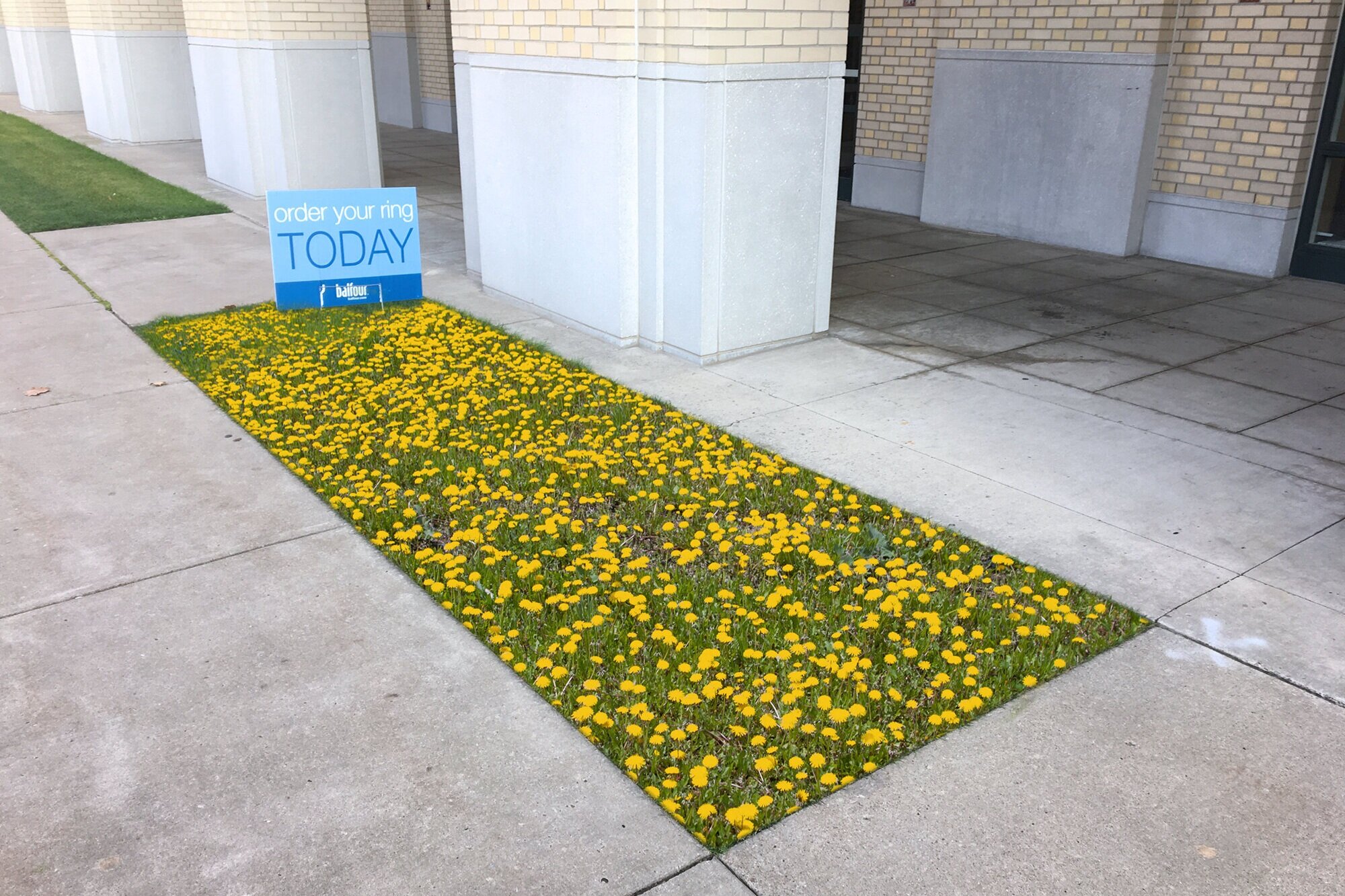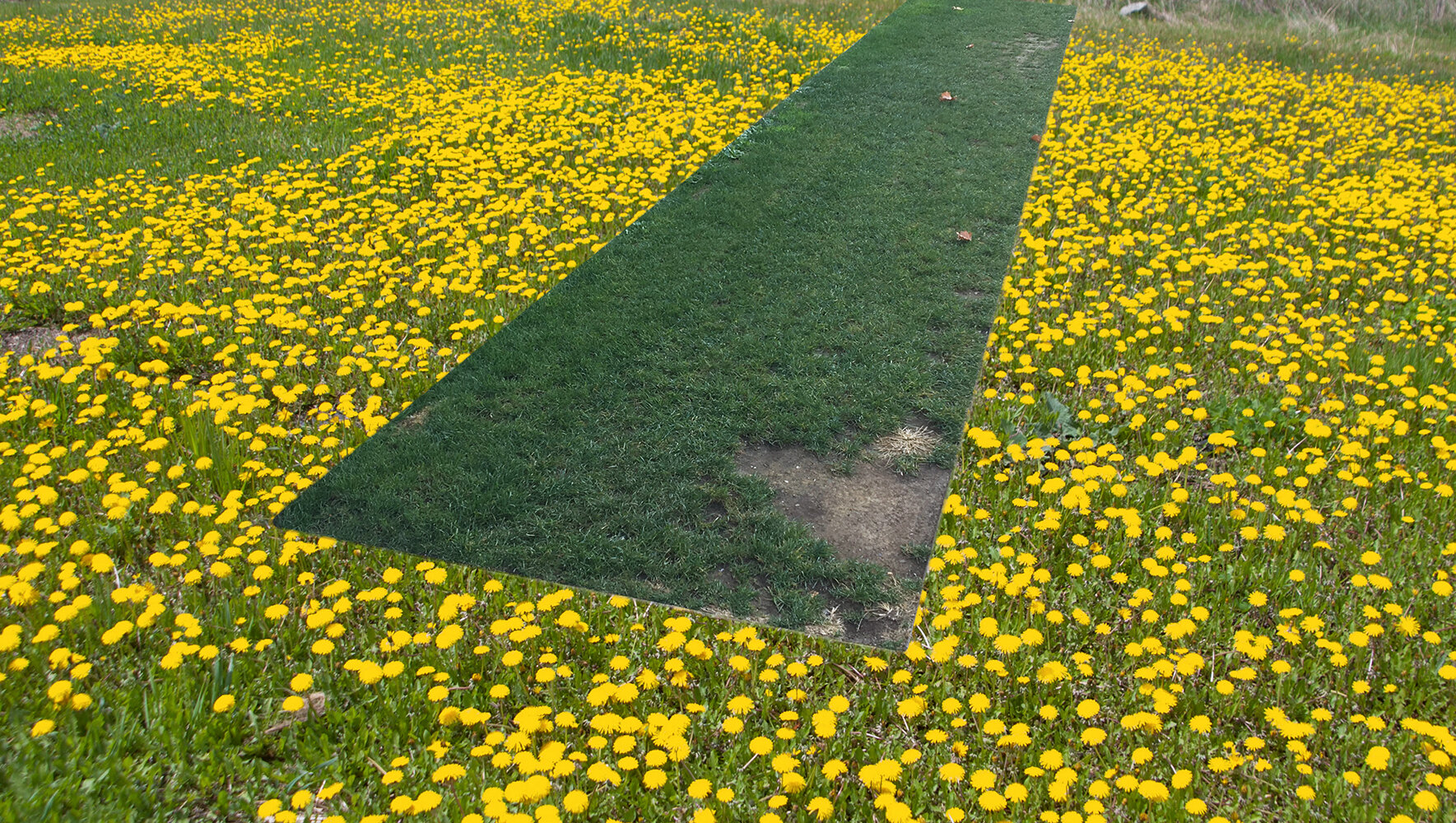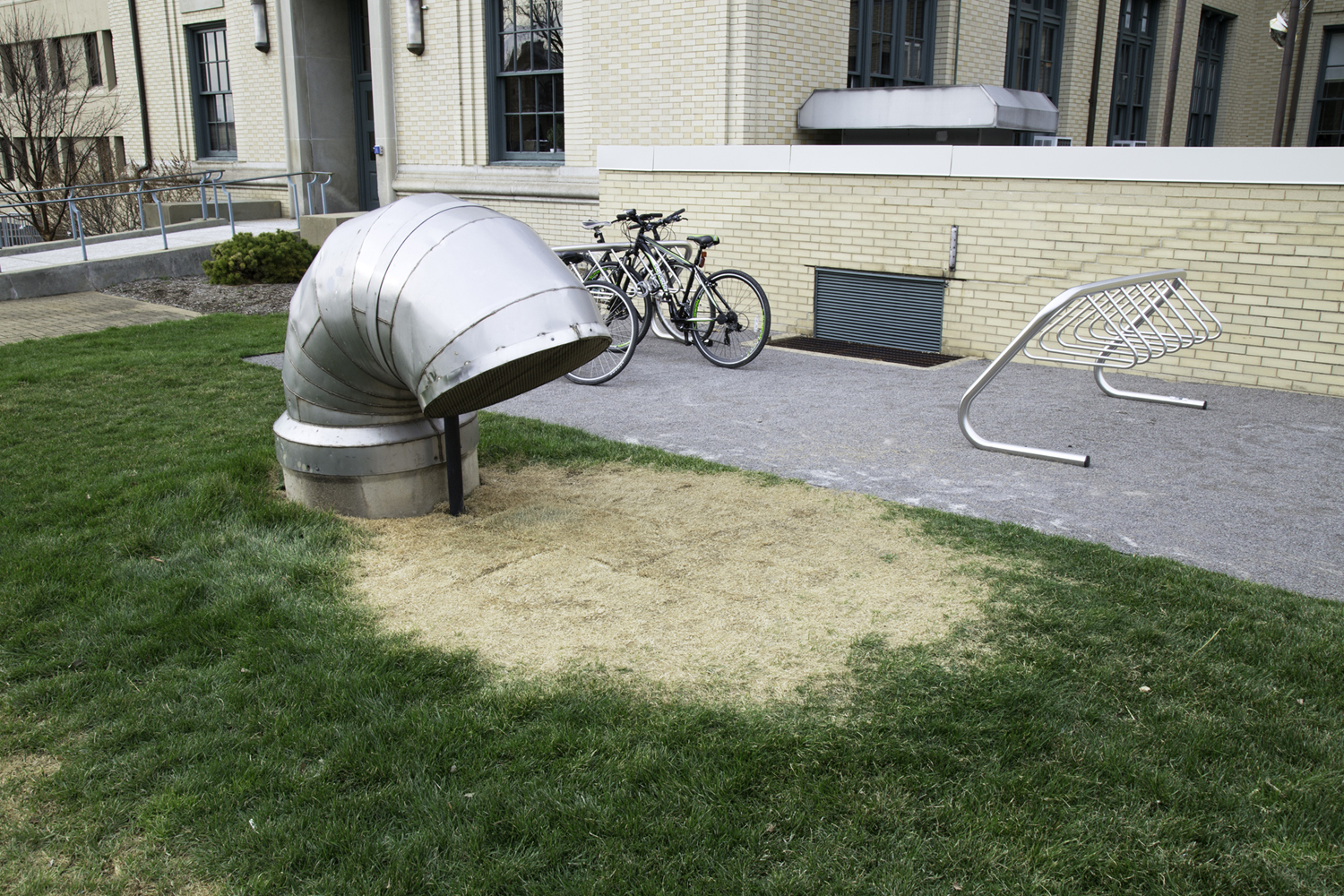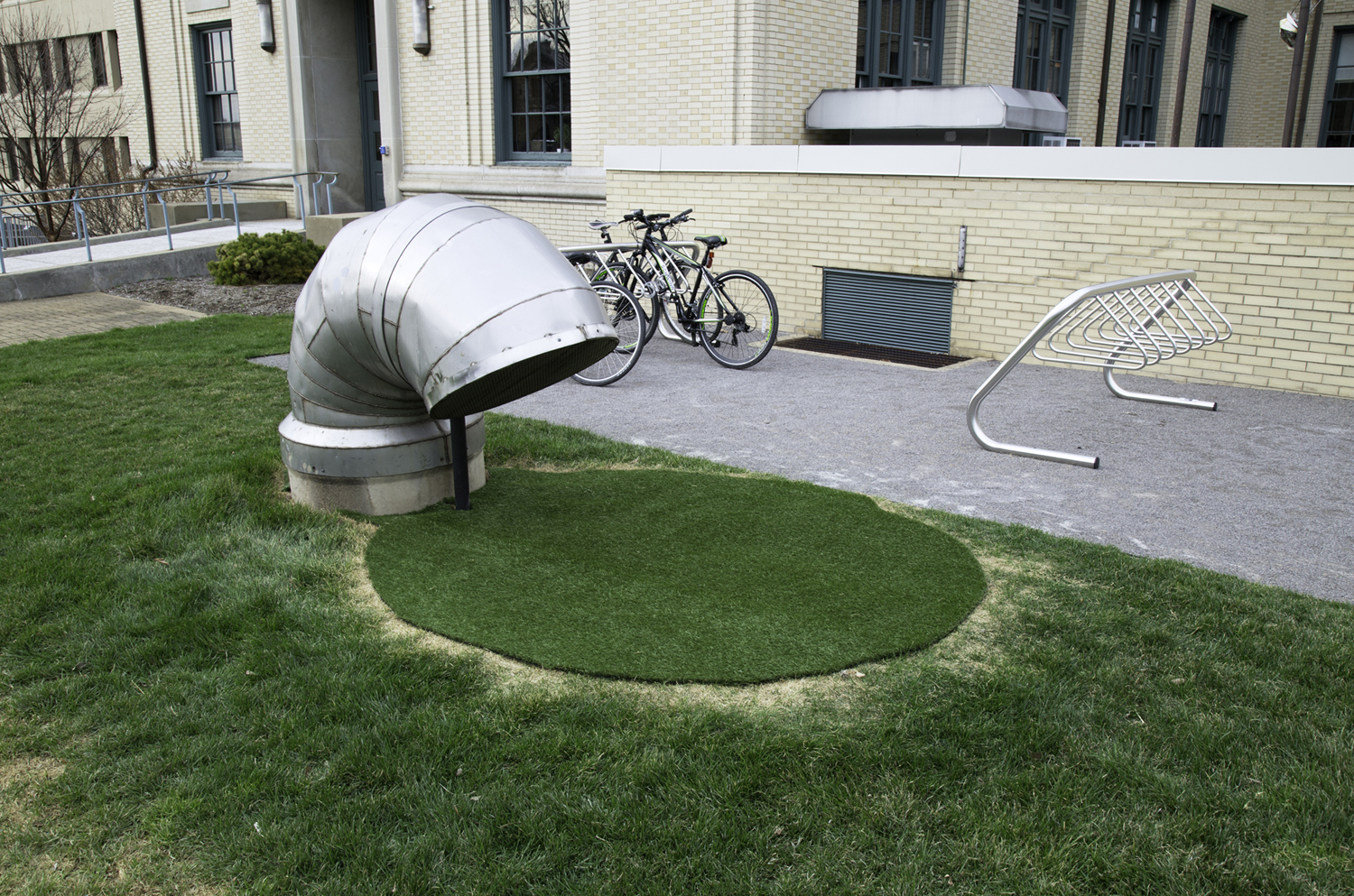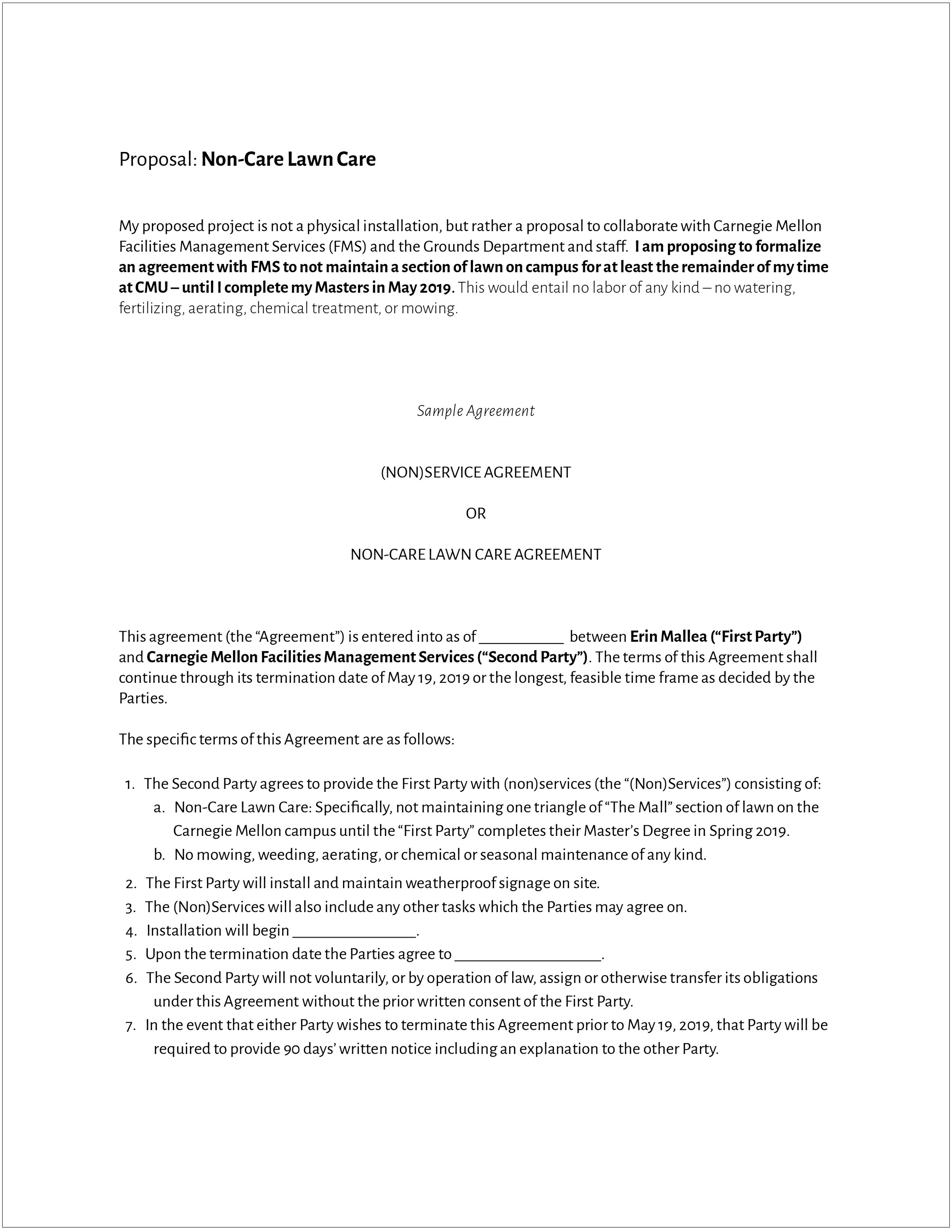Non-Care Lawn Care + Other Actions, 2016–2017
A series of proposals and sketches for Carnegie Mellon University’s expansive lawn. Year after year, tents and temporary buildings are erected for annual university events. Like clockwork, the lawn is annually killed and replaced with a fresh new green carpet of sod.
Lawns are superimposed onto the landscape – a cultural indicator of land ownership, control, and “respectability”. A symbol that costs an incredible amount of resources and requires pesticides and fertilizers. Many middle and upper class American suburbs have landscaping ordinances that require lawns to be maintained and orderly. An unruly lawn becomes a sign of “disorder”; a notion that is undeniably related to class hierarchies. Carnegie Mellon’s campus lawns were influenced by the City Beautiful Movement of the 19th century. Campus architect Henry Hornbostel and his contemporaries held that monumental architecture, and expansive, idealized lawned vistas would foster “morals” and “civic virtue” among campus goers. Conveniently outside the expansive view of the campus’ elite was the belching smoke from Carnegie’s mills and the immigrant, Black, and low income communities that weren’t seen as worthy of public green space.
My proposals and actions aimed to disrupt the constant labor of keeping the lawn pristine while highlighting the implications and environmental impacts of lawn care.
Herman Boye, A Map of the State of Virginia, detail of the University of Virginia, 1827
Inspiration for Henry Hornbostel’s designs at Carnegie Mellon University.
